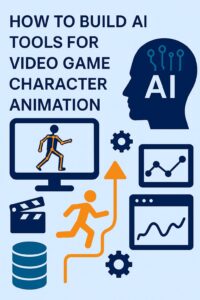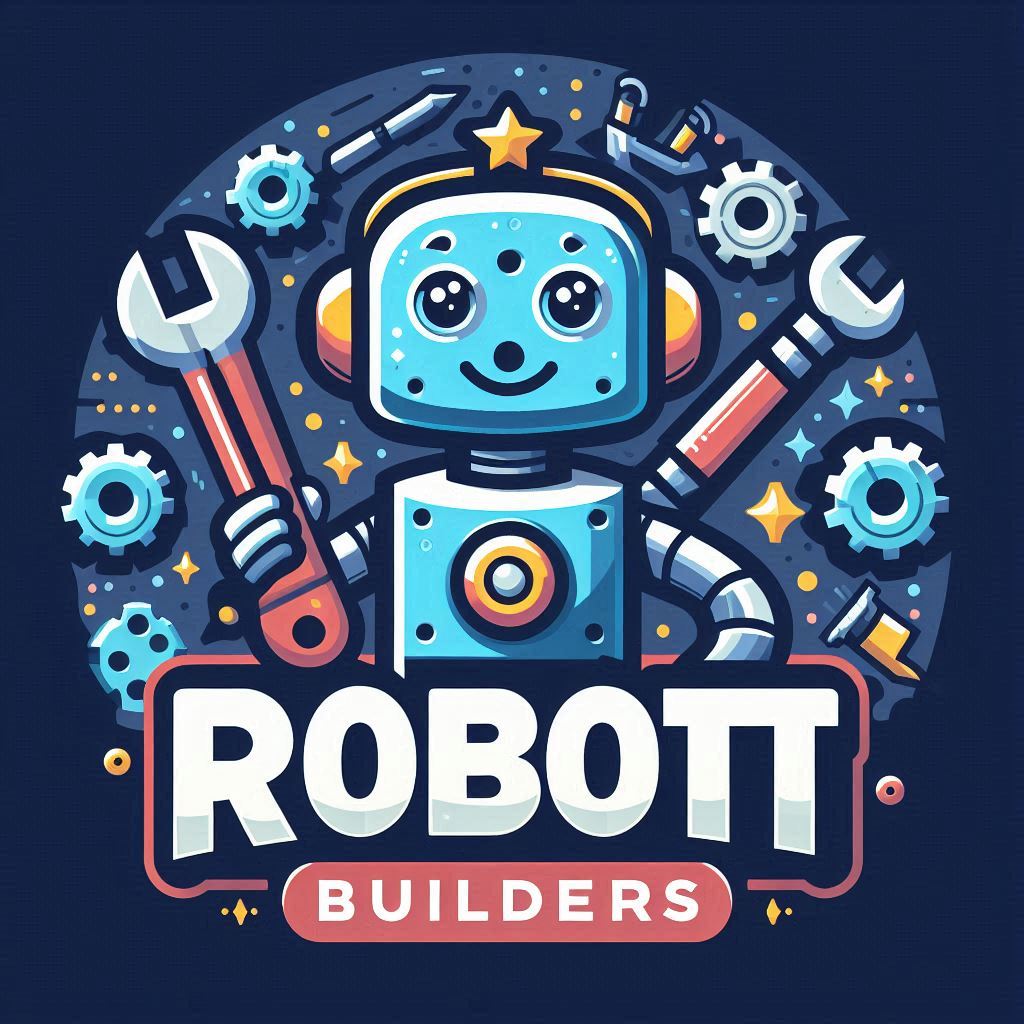Introduction
In the ever-evolving world of video game development, creating lifelike and engaging character animations is a game-changer. Traditional animation techniques can be labor-intensive and time-consuming. However, AI-powered tools are revolutionizing the process, enabling developers to produce realistic animations faster and with greater efficiency.
This article explores the steps to build AI tools for video game character animation, adhering to SEO-friendly formatting to enhance visibility and reach.

1. Why AI Tools are Essential for Character Animation
AI-powered animation tools empower developers with the ability to automate repetitive tasks, improve realism, and provide adaptive character movements.
Benefits of AI in Character Animation
- Time Efficiency: Automates complex animation workflows, reducing production timelines.
- Realistic Movements: Creates physics-based, lifelike motions that adapt dynamically.
- Customizability: Allows developers to tailor animations to specific character behaviors or emotions.
- Cost-Effectiveness: Minimizes reliance on manual keyframing, lowering production costs.
- Dynamic Interactions: Enables characters to respond naturally to in-game environments and player actions.
AI animation tools redefine how characters come to life in video games.
2. Technologies for AI-Powered Character Animation Tools
Building effective AI animation tools requires integrating advanced technologies tailored to gaming environments.
Core Technologies
- Motion Capture Integration: Uses real-life movement data as a base for AI-driven adjustments.
- Machine Learning Models: Learns from datasets of human and animal movements to predict realistic animations.
- Physics Engines: Ensures animations adhere to the laws of physics, enhancing realism.
- Procedural Animation: Generates dynamic movements based on in-game conditions.
- Natural Language Processing (NLP): For tools involving narrative-driven animations that synchronize dialogue with body language.
By combining these technologies, developers can create adaptive and scalable animation solutions.
3. Preparing Data for AI Animation Tools
Data forms the foundation of any AI solution. For animation tools, quality and diversity in movement datasets are essential.
Key Data Sources
- Motion Capture Libraries: Human and animal movement data collected through mocap sessions.
- Animation Databases: Pre-existing 3D animations for training AI models.
- Physics Simulations: Data from simulations to create physically accurate animations.
- Behavioral References: Videos or images capturing character-specific actions and emotions.
Steps for Data Preparation
- Data Cleaning: Remove noise and irrelevant data points from motion capture recordings.
- Label Movements: Annotate datasets with labels such as “walking,” “running,” or “jumping.”
- Standardize Formats: Ensure uniform file types and naming conventions for seamless integration.
- Diversify Sources: Include varied movement styles for flexibility in character design.
Prepared data ensures AI-generated animations are fluid, natural, and versatile.
4. Training AI Models for Character Animation
Training the AI is key to producing reliable and dynamic animations for video games.
Training Best Practices
- Supervised Learning: Use labeled datasets to teach AI models how specific motions should appear.
- Unsupervised Learning: Allow AI to discover patterns and relationships in unlabeled motion data.
- Real-Time Simulations: Incorporate live testing scenarios to refine character responses.
- Feedback Loops: Continuously enhance model predictions using developer and player feedback.
Properly trained models yield immersive and responsive animations for diverse game environments.
5. Deploying AI Animation Tools in Game Development
Deployment ensures your tools integrate seamlessly into existing workflows for animators and developers.
Deployment Strategies
- Game Engine Integration: Support platforms like Unity or Unreal Engine for broad adoption.
- Cloud-Enabled Access: Allow teams to collaborate remotely on animation projects.
- Real-Time Rendering: Provide immediate previews of AI-generated animations.
- User-Friendly Interfaces: Create intuitive dashboards for animators to adjust parameters easily.
Successful deployment focuses on streamlining animation pipelines and enhancing user experience.
6. SEO Optimization for AI Animation Tools
A robust SEO strategy is vital to ensure your AI tool reaches the right audience of developers and animators.
SEO Best Practices
- Keyword Optimization: Use phrases like “AI animation tools,” “realistic game character movement,” and “dynamic character animations.”
- Content Creation: Publish blogs, tutorials, and success stories showcasing tool capabilities.
- Mobile Optimization: Ensure your website and app are accessible across devices.
- Collaborations: Partner with game studios to demonstrate real-world applications of your tool.
- Metadata Structuring: Optimize titles, tags, and descriptions for search engines.
These practices boost visibility and drive adoption among game developers.
7. Continuous Monitoring and Updates
AI tools require ongoing maintenance to stay relevant in the fast-paced gaming industry.
Metrics to Monitor
- Animation Quality: Evaluate how natural and lifelike the movements appear in different game settings.
- Processing Speed: Ensure animations are generated quickly without lagging gameplay.
- Developer Feedback: Collect insights from animators to refine tool features.
- Error Tracking: Identify and fix glitches in animation rendering.
Regular updates keep your tool at the forefront of game development innovation.
Conclusion
AI tools for video game character animation are revolutionizing how characters move, interact, and respond in virtual worlds. By integrating cutting-edge technologies, preparing robust datasets, and deploying user-friendly solutions, developers can create immersive gaming experiences like never before.
